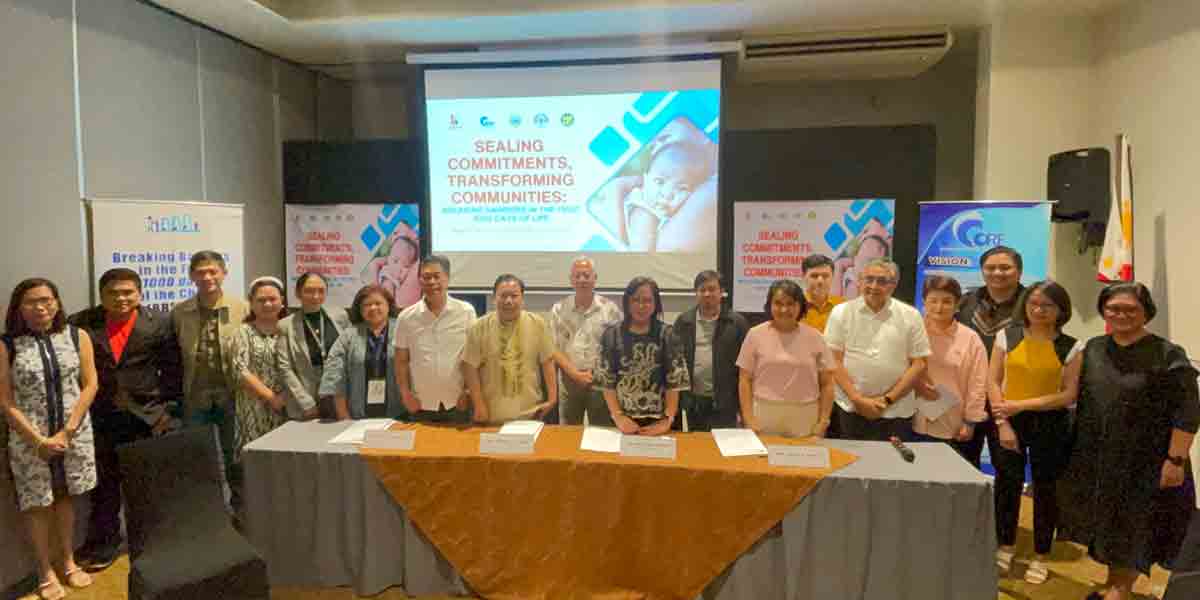
Organizations should expect to pay more to redesign or upgrade their workspaces in 2021, even while many are trying to decrease capital expenditure (CapEx) due to the financial impact of the pandemic, according to a report by real estate consultancy JLL.
The firm’s Asia Pacific Fit-Out Cost Guide 2020/2021 reveals that the average fit-out cost rose 4.7% year-on-year across the region, with labor shortages, health and safety considerations, material availability, and higher delivery costs as the main price drivers.
Martin Hinge, Executive Managing Director of Project Development Services in JLL Asia Pacific, explains: “Cities that rely heavily on foreign labor have struggled with labor shortages, and governments have imposed stringent measures, including enhanced inspection routines and enforced health and safety protocols, for construction sites to reopen. These are important and necessary precautions. However, the impact on productivity and extended project timelines are driving costs up.”
Employers remain committed to reimagine workspaces
Despite overall rising costs, JLL believes this will not deter most companies from investing in safe and productive work environments for their employees. The firm reveals that while organizations may be re-examining their real estate footprint, workspaces still play an integral role in preserving a company’s corporate culture, as well as to recruit and retain talent.
“This year, organizations were prompted to put employee well-being and sustainability at the forefront of their priorities while mitigating the financial impact of the pandemic on their business, and this has impacted the design of the workplace,” says Calum Swinnerton, JLL Philippines’ Head of Project and Development Services.
“It’s all about balance in terms of costs. As people are starting to return to work, employers are now looking into accommodating de-densification measures while incorporating more technologies. So while they are spending less on furniture because of a more open-space design, they are rechanneling the expenditure on mechanical aspects, such as opting for automatic doors instead of push doors and installing MERV-13 filters in the air conditioning system,” Swinnerton adds.
Costs vary throughout region
Precipitated by the ongoing construction boom and labor shortage, Tokyo is the most expensive office market to fit-out at US$179 per sq ft for the fourth consecutive year. This is compared to the regional average of US$93.
Elsewhere, price increments are expected in Brisbane, Singapore, Beijing, Shanghai, Guangzhou and most Indian cities in 2021 as constraints like access to labor, reliance on imported materials, and delayed completion dates continue to pose challenges.
Meanwhile, Auckland, Bangkok, Manila, Seoul and Taipei may see fit-out costs stabilizing or even dipping slightly, as many construction service providers and contractors have resorted to reducing overall margins.
While current projects have largely seen completion, new capital expenditure decision making has slowed considerably in Manila, Bangkok, Seoul and Beijing.
The Philippines relies heavily on imported materials, which were costlier due to the effects of the pandemic and reported higher fit-out costs despite the effects of a stronger currency.
“Though fit-out costs vary from market to market around the region, we believe the overall upward trend will likely remain in 2021. Workplaces will continue evolving, and there remains a strong motivation for companies to invest in areas such as technology, health and wellness, to meet increased expectations from employees, as we all adjust to the new normal,” says Hinge.
“While there were reservations among organizations to push through with their expansion plans in 2020, we expect construction projects to pick up again in Q1 and Q2 of 2021,” concludes Swinnerton.
















